
Jaynell Graham
Editor
Travelers who stick to the main road through Green Bank and Arbovale will miss out on a peaceful sight.
To feel the history and tranquility of Arbovale United Methodist Church, one needs to be in the “loop” – Old Rt. 28 – the original road through Arbovale which takes you to nearly all the important places in the community.
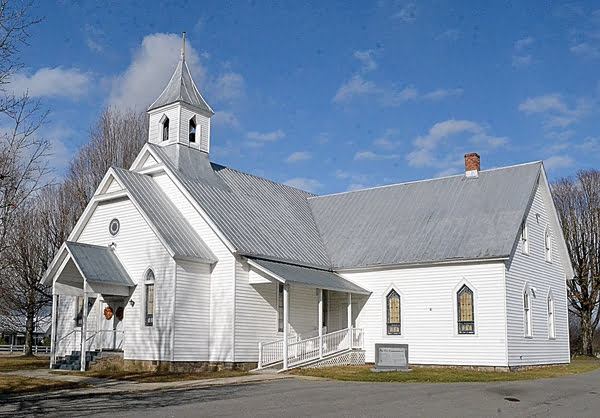
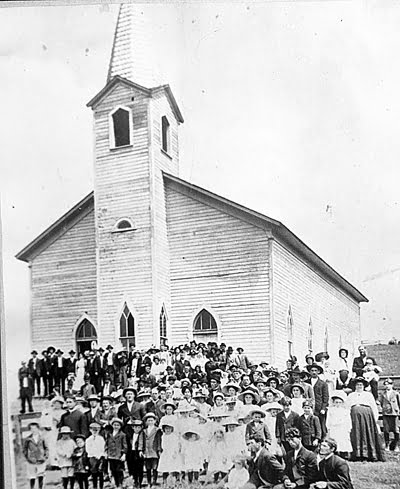
But you also need to hear the stories from those for whom the church holds a special place in their lives.
The stately white church building has welcomed worshipers since its construction in the late 1890s. But prior to that time – actually in 1804 – a log structure known as Deer Creek Union Church or “Meetin’ House,” was erected near “where Adam Arbogast was laid to rest.”
That’s how directions are given in a long-established community.
As was the case in many early churches, the congregation was a mix of denominations, including Methodist and Presbyterian.
Nola Shears and Evelyn Sutton recorded the history of Arbovale UMC in History of Pocahontas County – 1981.
They write, “Other ancestors worshiped in a small Methodist Church on Top Allegheny called Mt. Hobert, dedicated in 1850. This was the Methodist Episcopal North, or original Methodist group, from which the M. E. South group split off before the Civil War. It was not until 1939 that the two groups again merged…
“The Arbovale Methodist Church was organized January 23, 1895, and the building dedicated in 1899.
“The land was donated by James and Lizzie A. Sutton on March 8, 1895, to trustees David Shears, Christopher C. Arbogast, Joe Riley, James Sutton, Brown Arbogast and R. J. Woodward.”
Many additions and improvements have been made over the years, including Sunday School rooms, which were added in the early 1940s.
There’s been a change in name, as well. The Methodist Church merged with the Evangelical United Brethren in 1968 to become the Untied Methodist Church.
The congregants have kept the building in good repair and changed with the times as, through the years, electricity and furnaces replaced original gasoline lamps and woodstoves.
But there is more to a church than a building, and the folks at Arbovale know that quite well.
As of the 1981 history, 17 of its young people had gone into the ministry.
Arbovale United Methodist Church holds special memories for Arbovale resident and artist Dorothy Sutton. It was her great-grandparents, James and Lizzie Sutton, who donated the land for the church building.
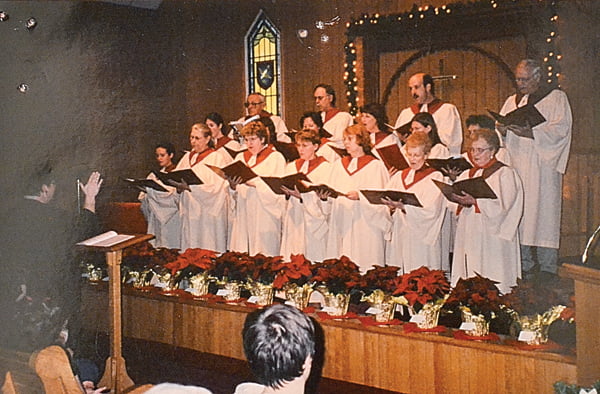
Sutton recalled that the Sunday School rooms were built with lumber from the Methodist church on Top Allegheny. Perhaps just another way the north and south churches merged.
She remembers Christmas Programs at the church, when everyone had a part to say or play, and everyone got candy and an orange.
Anyone who ever took part in a pageant or play can identify with Sutton’s vivid memory of those momentous occasions.
“I was terrified,” she said, “but I made it through.
Sutton said the church had a very active MYF (Methodist Youth Fellowship) when she was young. The adult choir filled one side of the choir loft, and the young people filled the other – and they sang every Sunday.
Their MYF leaders were Arlene Rexrode and Anna Lou Orndorff.
“We used to meet at their homes to work on projects,” Sutton said, “We raised funds to buy the organ for the church, and we went to different churches to sing.”
And then there was Vacation Bible School – one of Sutton’s favorite memories.
It was a time when the church was filled with kids, she said.
There were four youth Sunday School classes, and Sutton remembers that Ralph Waybright was one of the teachers.
“I remember one of the most precious things was that, every Sunday, we got a colored card that had a picture of an angel or a person from the Bible on it,” she said. “It also had a story, and we got to take the cards home. And I remember that a few times we got large, maybe eight-by-ten, pictures which showed angels guarding little children in dangerous situations.
“Those were so nice.”
Many people’s lives are tied to Arbovale United Methodist Church, and Sutton remembers when the church used to have a Homecoming, and people would return “home,” traveling from other states.
Another thing that makes the Arbovale area special for Sutton is that her grandfather, Summers Sutton, built houses in the area, one of which is now Wallace and Wallace Funeral Home, which is near the church.
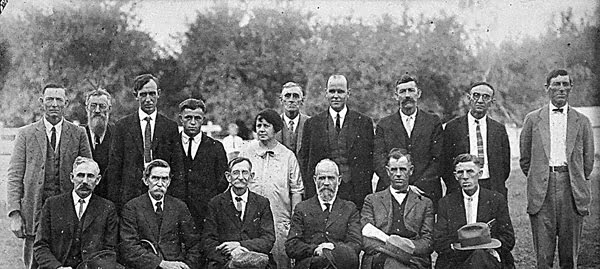
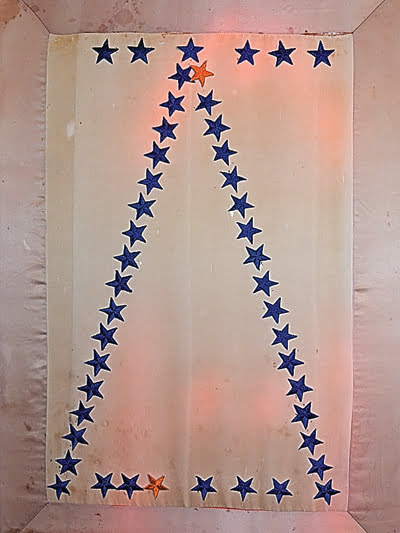
Harold Crist – lifelong member of Arbovale United Methodist Church – shared his memories with Suzanne Stewart:
“The first thing I remember about the church was when I was about seven years old,” he said. “I went to church here, and my teacher was about 25 years old. I kind of had a crush on her like a seven year old would. I’d do things in class to try to get her attention, but she thought I was being disruptive.
“She told my dad one Sunday, and he made me sit outside on the porch in the swing while they all ate dinner. I didn’t get anything to eat until the evening. That was my punishment, I guess.
“We had two wood stoves,” he continued. “The stove pipes went clear up to the peak at the top on both sides. When I was about 11 years old, they put me in as janitor, and I would come over and build a fire. Phillip Sheets and Jane Hamed – she was Jane Sheets then – they lived up on Buffalo, and they’d come in and help me get the fire started.
“We’d stand around the old stove, and certain people had certain seats. My Granddad Woods had a certain seat. So did Summer Sutton and Herb Sutton and J.B. Orndorff. If you were in their seat, you had to get out of there. It was very close to the fire, so they stayed warm all the time.
“The original church was just this one building, and they had two outbuildings, one for men and one for women.
“When I was growing up, we had ice cream socials and box suppers.
“The women would fix a box of lunch, and the men would bid on the box and whoever won the bid, got to eat with the girl.
“It was fun, and a good way to make money.
“I remember, this was later years, when Betty Ruth and I started going together. She made a box supper, and I didn’t know which one was hers, so I couldn’t bid on it. This big fellow, Jim Belcher, he was the truant officer at that time. He was a great big fellow, and he won, and she had to eat with him.
“Every now and then, she would say, ‘You made me eat with Jim Belcher.’
“We had a group for young people. We had 15 or 20 members. We would do choir work and plays and things like that.
“We didn’t have the Sunday school rooms then. The old women would be up front, and the old men would be in the back, and the kids were scattered around.
“After the Sunday school rooms were built, it changed things.
“I went into the service in ’43. They built the Sunday school rooms during the war, and when I came back, most of it was built.
“They have stars and the names of each man and woman that went into the service. I’m the only one left. The Lord has blessed me.
“I’ve been blessed, that’s for sure.
“Our kids were raised to go to church. They were all baptized in this church. Four of them were married there. Four out of six – that’s pretty good.
“It’s been the center of the community, that’s for sure.
“Hubert Rexrode and Offut Shears and Bernard Shears and some other men got together and built the fellowship hall, and that was pretty recent.
“They put the stained glass windows in about 10 or 15 years ago, and individuals donated money for a window. They didn’t take it out of the treasury or anything. I think they cost $700 a piece and people just donated money to do that.
“In a way, the windows are good, but I used to sit here and look out and see the change of the seasons. See the trees turn green and then change to red. I kind of miss that. But I think stained glass windows add to the church.
“They used to have Santa Claus come to the church, and I was Santa Claus one year. [Daughter] Betty Ann and Kent Leach’s sister, they used to run around all the time together and when I came into the church, she said, ‘I believe that’s our dad.’
“We had the Nativity scene, too.
“There was a wood furnace in the basement, and I would have to come over here at six o’clock in the morning and get that fire started. The wood would crack as it was heating up and in an empty church, it was kind of eerie, being here all by myself.
“I would get it going good and go home. I lived next door, so I wasn’t so far off. I ate breakfast, then came back over to stoke up the fire again.
“Finally, they put the oil furnace in, and now we have a gas furnace.
“We used to have Homecoming here, and there’d be a thousand people here – every year. We’d have singers from Harrisonburg that were on the radio. It was big.
“What we used to do, we’d make ice cream in one these crank machines.
“They’d have about four of those going and then we’d have an ice cream social. People would come and eat ice cream and cake and visit.
“It was fun.”
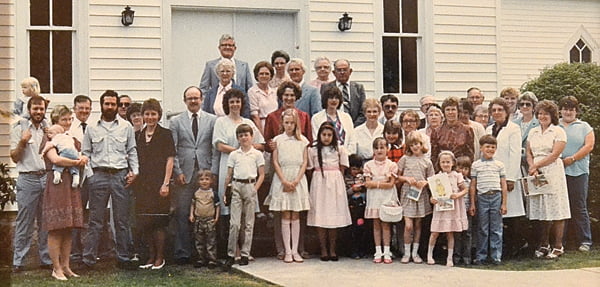
Debbie Ervine, who is the church pianist, said she grew up in this church. Living just across the road, it was easy for her and her sister, Teresa Rundle, to walk there.
Church organists and pianists are in short supply these days. Ervine said when she was young, it seemed that everyone knew how to play the piano, but that is not the case today.
When asked how long she has been playing, she laughed and said, “Let say 50 years, and leave it at that.”
The churches come together to celebrate Christmas in Arbovale, as a Christmas Cantata, “Candles by Candlelight,” under the direction of Judith Fuller, will be performed by the community choir Sunday, December 15, at 5 p.m. Refreshments and fellowship will follow.
Everyone is welcome.
Why not attend and make some memories of your own?
Arbovale United Metho-dist Church is part of the Pocahontas Charge which includes Cass, Wesley Chapel and Dunmore United Methodist churches.
Rev. David Fuller is the pastor.
Arbovale United Methodist Church
Sunday School – 10:15 a.m. each Sunday.
Worship – 11:15 a.m.
A Christmas Cantata, “Carols by Candlelight,” will be performed by the community choir Sunday December 15, at 5 p.m. Refreshments and fellowship will follow.



